If you wire a lamp socket wrong, you can have a short or a fire. You need to know the hot and neutral positions to install it safely.
In a lamp socket, the hot wire usually goes to the brass terminal, and the neutral wire goes to the silver terminal.
Now, let’s talk about how to figure out which wire is hot and which wire is neutral in a lamp socket or cord.
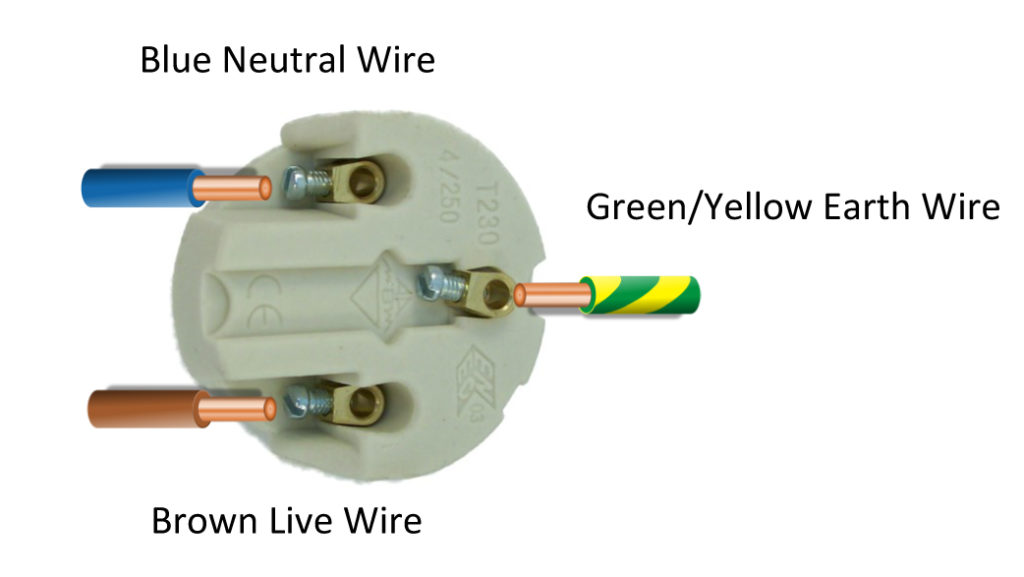
What part of a light socket is hot and neutral?
The hot wire typically connects to the brass terminal in the socket, which is responsible for powering the bulb. The neutral wire connects to the silver terminal or the larger prong on the plug. This ensures that the hot side powers the center contact of the socket, while the neutral side handles the return current safely.
Correct wiring minimizes risks like short circuits, electrical shocks, and overheating.
Where does the hot wire go on a lamp socket?
The hot wire is always connected to the smaller prong on the plug and goes to the brass screw or terminal on the socket. This design ensures that the electrical current flows through the correct path, energizing the bulb’s center contact. Wiring the hot wire to the brass terminal keeps the electricity contained within the fixture and reduces the risk of accidental exposure to live current.
Always ensure the hot wire is securely attached to prevent loose connections that could lead to arcing or fire.
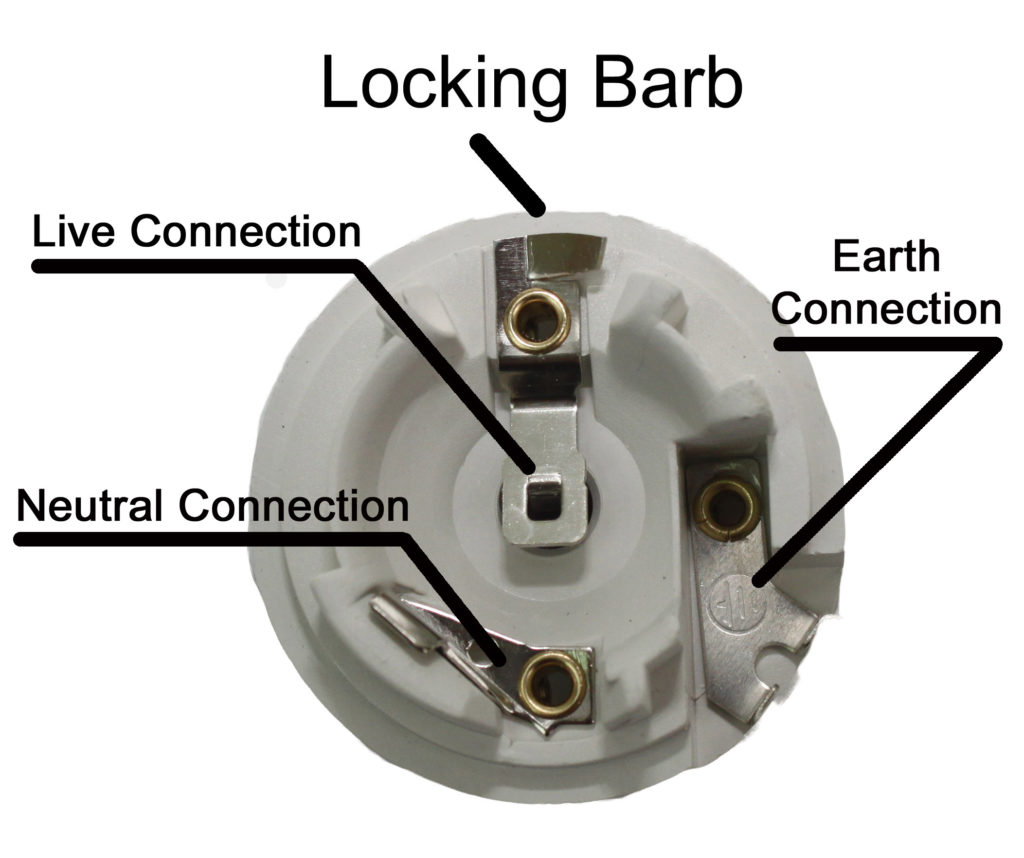
How to tell which wire is hot and which is neutral?
Hot wires are usually black or red, while neutral wires are white or gray. Another way to identify them is by feeling the cord: the smooth side of the cord typically carries the hot current, while the ribbed side or marked wire is neutral. Correctly identifying these wires prevents reverse polarity, which could cause the socket or plug to behave dangerously or inconsistently.
It’s important to always confirm the wires before making any connections to ensure safety.
How do you know which wire is positive and negative on a power cord?
In an AC system, positive and negative are more commonly referred to as hot and neutral. The hot wire, usually black, carries the current from the power source to the lamp. The neutral wire, typically white, carries the current back to complete the circuit. For cords, the smooth side is hot, and the ribbed side is neutral, simplifying identification.
Ensure the wires are properly aligned to prevent malfunction or safety issues.
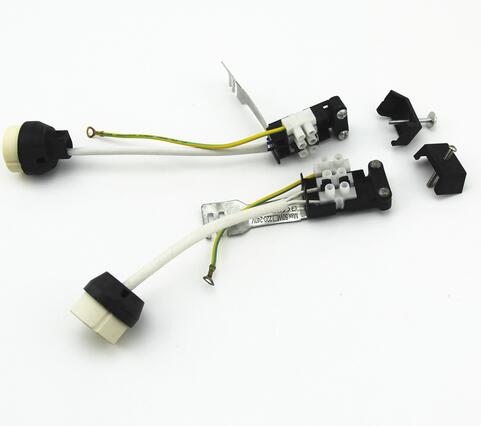
What color is the neutral wire on a lamp?
The neutral wire is almost always white or gray in lamp wiring. This color coding helps differentiate between the neutral and hot wires, making installation safer. In some cases, lamp cords may not have visible color coding but use textures like a ribbed or marked wire for the neutral connection.
Identifying the neutral wire correctly is crucial for ensuring proper circuit completion and avoiding electrical hazards.
Which wire is positive and negative on a lamp?
In AC wiring, positive corresponds to the hot wire (usually black or red), while negative corresponds to neutral (usually white or gray). Always ensure that the positive (hot) and negative (neutral) wires are correctly matched to their respective terminals in the socket.
This ensures the current flows properly and that the lamp operates safely.
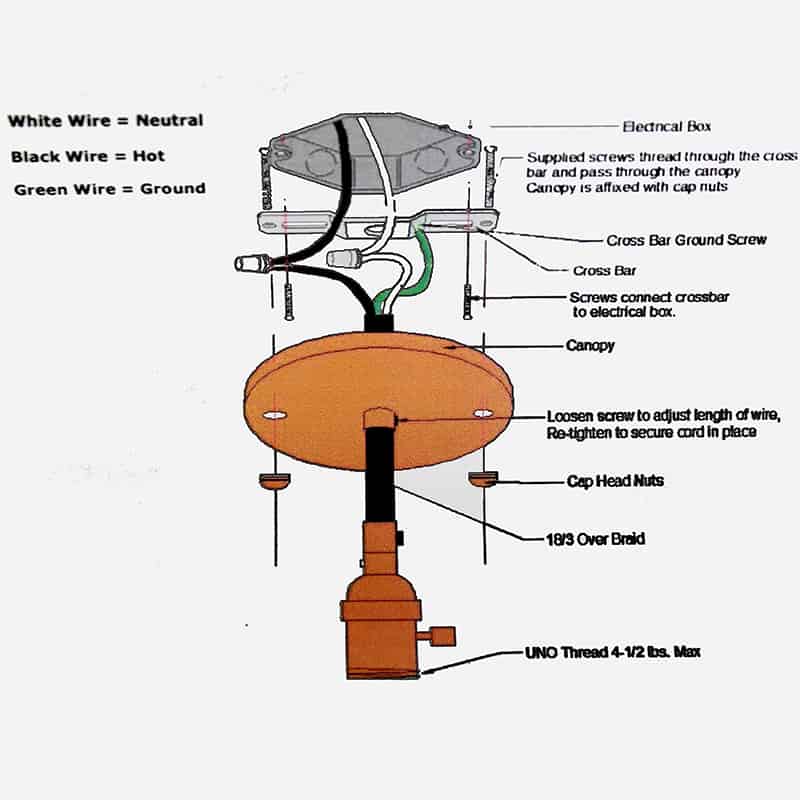
What is hot and neutral on a socket?
In a typical socket, the hot terminal is connected to the brass screw, and the neutral terminal is connected to the silver screw. This setup ensures that the electrical current is directed through the correct paths in the fixture, preventing safety issues and promoting consistent functionality.
Proper wiring to the hot and neutral terminals is key to the safe operation of any electrical device.
Which wire is hot and neutral on a light fixture?
For a light fixture, the hot wire connects to the brass terminal and the neutral wire to the silver terminal or metal casing. This configuration ensures that the power flows through the correct channels, reducing the risk of electrical shocks or fire.
Ensuring proper connection of the hot and neutral wires is essential to avoid short circuits and electrical faults.
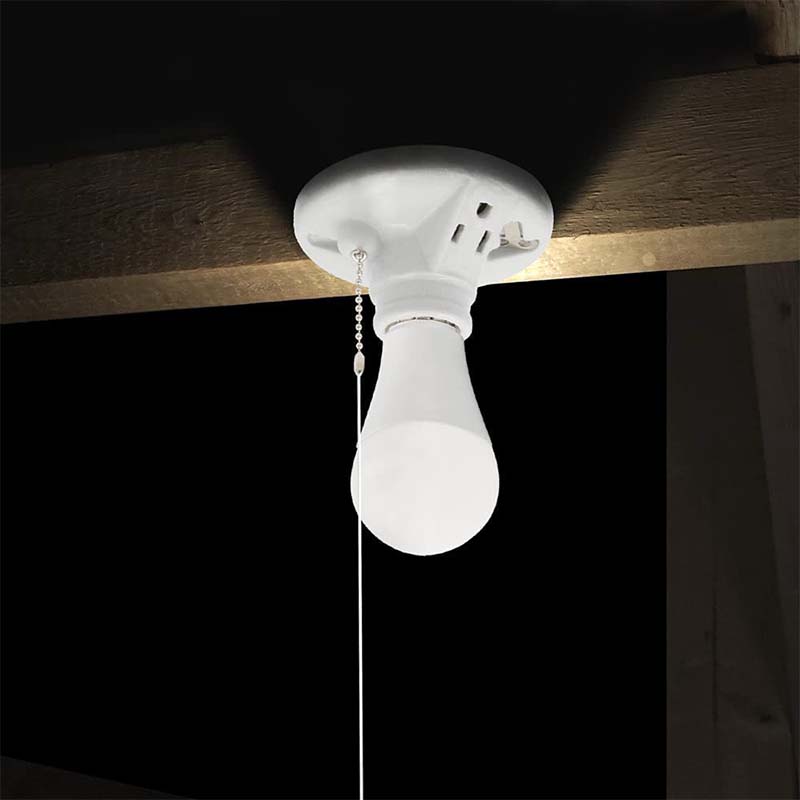
What color is the hot wire in a socket?
The hot wire is typically black or red in most socket configurations. In some cases, you may find a blue wire used for the hot connection in certain regions. This wire connects to the brass terminal, ensuring that the power is distributed properly through the socket to the light bulb.
Always connect the hot wire to the brass terminal to ensure correct operation and minimize the risk of electrical hazards.
Which side of a wall socket is hot?
The right side of a wall socket is usually hot, connected to the smaller prong, while the left side is neutral, connected to the larger prong. This design prevents electrical shock by ensuring that the current flows through the correct channels.
Confirming the correct side of the lamp socket for hot and neutral ensures that devices function safely and reliably.
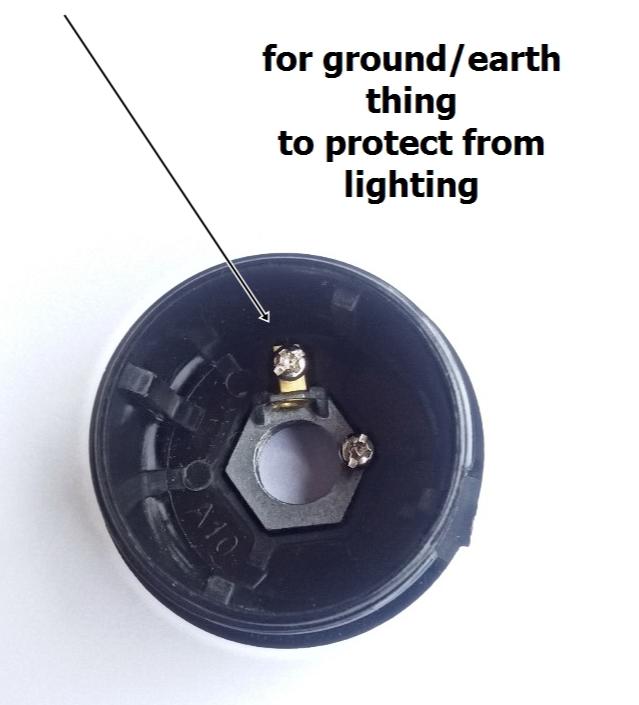
Final Words:
Correctly identifying the hot and neutral wires ensures safe wiring and prevents electrical hazards. Always connect the hot wire to the brass terminal and the neutral wire to the silver terminal.













